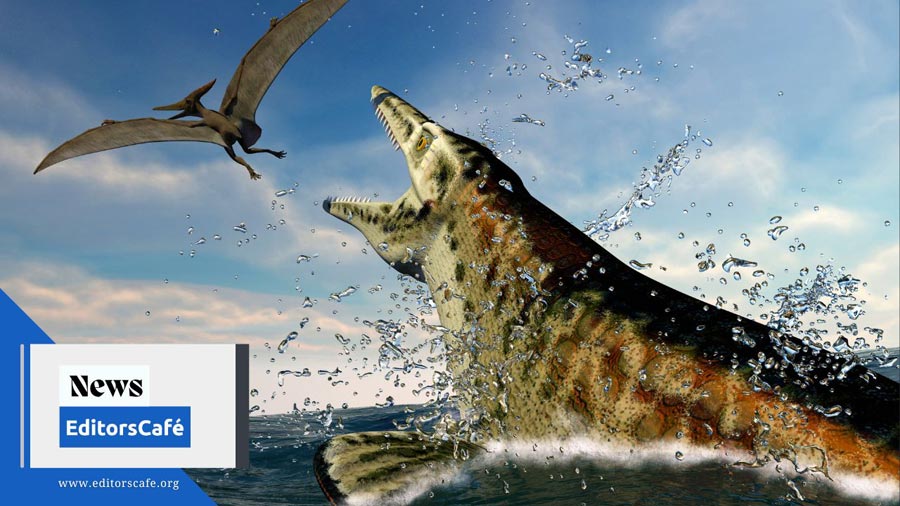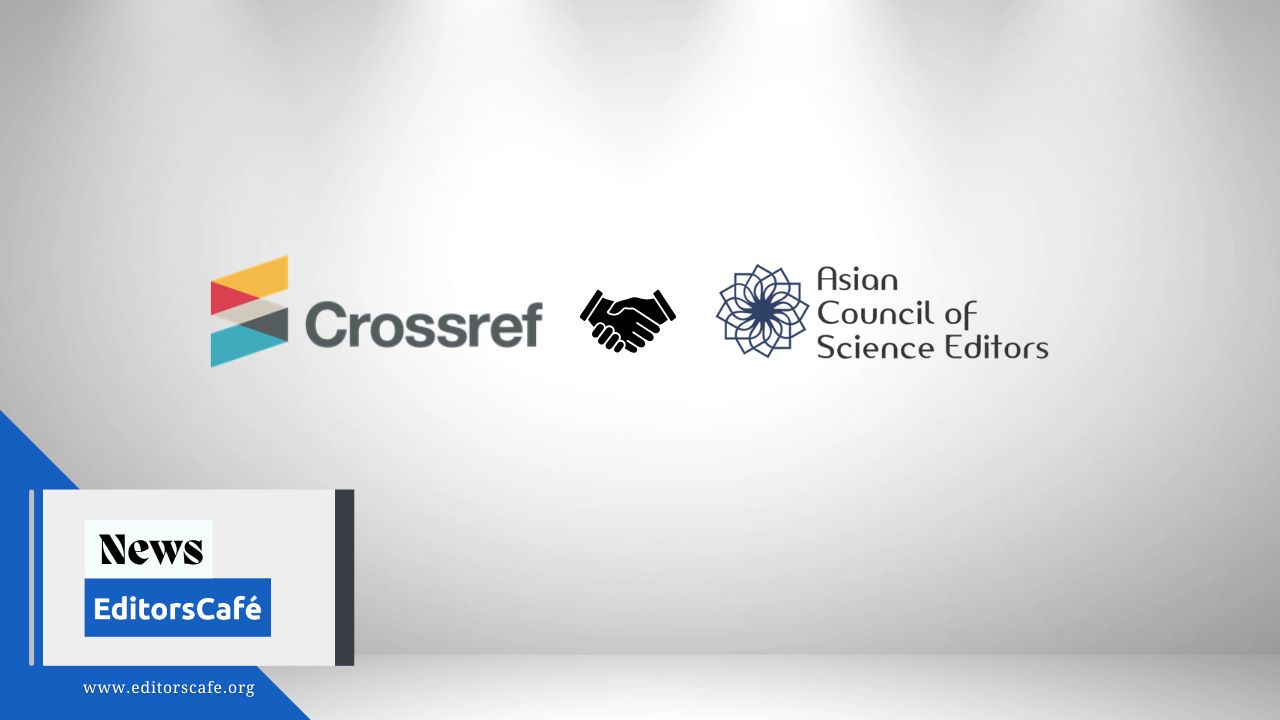Content + Education: How Integrated Author Support Lifts Journal Submission Quality

Preventable desk rejections at journals are editor time-wasters and author heartbreakers; however, they're largely avoidable.
Manuscripts are submitted that miss the journal's scope and ignore the guidelines.Ethical forms haven't been completed. The order of authors doesn't match what's been entered in the submission system.
Perhaps even worse is when there's good science in there, but it's clouded by the authors' lack of writing skills and ability to "sell" their work.
All of these problems are avoidable, or at least they can be mitigated. They are less about scientific quality and more about author preparation and readiness. Authors often struggle not because they lack ideas, but because they lack guidance.
They lack a good understanding of how to construct research papers and submit them, and how the peer review and publication process works. These issues are common worldwide, but especially for authors from non-native-English-speaking (ESL/EFL) countries.
We've found a two-fisted solution to this, which publishers and editors love because it makes their lives easier and more profitable.
It's an approach from an educator/professorand a B2B marketer/SEO geek.We combine education, interaction, and content in a coordinated way to build stronger authors and raise awareness of the journal. We call it "integrated author support."
What this system does
Integrated author support is an ecosystem rather than an initiative or one-off campaign. The components of this system work together to build better-prepared authors and a steady awareness of journals and publishers.
Done well, this system cuts preventable desk rejections, reduces triage friction at the editorial office, and moves more potentially suitable manuscripts into the peer review pipeline.
Education: Webinars and short courses teach scope, reporting, writing, and peer review skills.
Interaction: Q&A sessions, pre-submission checks, editor AMAs, and ongoing author interaction build relationships while developing stronger authors.
Content: Blogs, white papers, and living FAQs translate aims and scope, show fit with examples, and reinforce the education. They also help your publishing house or journal stay visible in AI-driven searches (#organicsearch #LLM #futureproof).
Why this system works
Most desk rejections stem from fixable issues: out‑of‑scope topics and missed instructions for authors.
Training and clear guidance shorten the learning curve for first‑time and occasional authors. Endorsing reporting guidelines improves the completeness of manuscripts, which makes editorial checks faster and reviews cleaner.
Sharing guidance and article highlights on social channels increases early attention and web traffic to author pages, which supports awareness at the top of the funnel. Participation raises brand awareness from authors already in said funnel (apologies if we're getting B2Bish – blame Adam, he's all about funnels).
Map the journey
The authors move through, for the sake of this brief outline, four steps. Plan content, education, and interaction for each step and link them together. They're not sequential; they're cocktail mixers.
- Awareness: Short posts, visual abstracts, and editor quotes promote scope themes and point to your hub pages. Free webinars and education are, well, free, so word gets around.
- Fit check: Blog posts and content like checklists and other downloadable goodies show what belongs, what does not, and why, with examples and guidance.
- Preparation: Webinars and mini‑courses coach authors on structure, reporting, and submission hygiene; recordings feed the FAQ and new blog posts.
- Submission readiness: Pre‑submission checklists, links to reporting standards, and cover‑letter templates help authors submit complete, reviewable files. These things are also covered in the education you offer.
Webinars: Coach authors, capture questions
Run live sessions that turn policy into practice. Pick topics that match your most frequent triage reasons. With Sci-Train, we offer core courses on writing and review skills that can be white-labelled and plug-and-played with expert guidance.
- Fit and scope: "Will my paper be sent to review?" with real decisions and edge cases.
- Structure and reporting: "From results to a readable story" with checklists and examples.
- Transparency: "Data, code, and ethics: what we expect and why."
Execution can be in-house or with a training partner such as Sci-Train for design, faculty, hosting, and learner support.
Short courses: Build skills that last
Offer modular courses that go deeper than a webinar. Author fundamentals include choosing a journal, planning a paper, transparent reporting, and clear writing. Reviewer basics cover how to read a manuscript and give useful feedback, as well as what editors look for. Keep modules short, with quizzes, templates, and a badge that authors can add to ORCID or a cover letter. Sci-Train supplies curricula and instructors, and you can make it your own.
Blogs: Make scope and expectations concrete (get organic traffic as a bonus)
Aims and scope pages tell; blogs show. Use short, direct posts that help authors self‑select and prepare. All the while, raise your global visibility. Even better, localize it in languages other than English. Here are some ideas, steal them, with our blessing:
- Fit checks: "Is my study a fit for this journal?" with 3–5 questions and side‑by‑side examples of in vs. out.
- Accepted archetypes: "Anatomy of an accepted paper" with annotated excerpts from recent articles.
- Editor answers: Q&As on common misfires: vague research questions, missing ethics, weak abstracts.
- Special‑issue guides: One‑page primers on themes, methods, and frequent pitfalls.
Link every post to the guide for authors, the FAQ, and the next webinar. This is what Adam's doing with MacroLingo, and the track record for clients has proven it out. Even better, what we've known as SEO is now giving clues for GEO (generative-AI engine optimization), along with some very cool openings for niche players and non-major publishers and journals to carve out their own space and gain (sometimes overnight, really, no lie) exposure.
One calendar, many touchpoints
Manage everything on a single editorial calendar. Use themes tied to your scope and common errors. Link every part so the system compounds over time.
- Every blog links to the FAQ and promotes the next webinar.
- Every webinar produces a recap blog or ties to a related blog + social clips.
- Every course draws from blogs and webinars and sends new questions back to both.
Put a pre-submission checklist at the end of each item.
Measurements that editors can use
Track a small set of numbers and review them regularly.
- Quality at first pass: Share of desk rejections due to out‑of‑scope or instructions‑not‑followed; share of submitted manuscripts with required checklists and reporting guidelines.
- Engagement before submission: "Conversions" from blogs to the guide for authors; webinar registrations and repeat attendance; course enrollments and completion rates.
- Awareness:Referral traffic from social channels to author pages; saves and shares for guidance posts; growth of qualified followers.
Workflow and roles
Keep the load light for editors. Outsource to experts to make it really light, or train up a sleek and speedy in-house team with AI assistance.
- Editor sponsor: Approves themes and joins a webinar
- Content lead: Drafts blogs, runs the calendar, and posts to social channels
- Training partner: Designs and delivers webinars and short courses; manages registrations and support, reports on them
Guardrails for tone and access
Keep the tone welcoming. Use plain English that crosses over specializations. Provide captions and transcripts. Use tech to translate and take notes. Share slides in advance when you can. Invite early‑career researchers to co‑present. Publish all guidance on an open page so authors aren't blocked by a paywall. You can even encourage authors to link achievements to ORCID or present findings through visual abstracts.
What success looks like
- Fewer preventable desk rejects and cleaner submissions at first pass.
- Faster triage and fewer back‑and‑forth emails.
- Authors who know the scope, follow the rules, and feel supported.
- Editors who spend more time on science, less time on fixes and admin.
- Journals get better submissions on a recurring basis.
Keywords
Desk rejections author support peer review process research publishing reporting guidelines journal submission academic writing skills open access publishing
Gareth Dyke, PhD, is a globally recognised evolutionary biologist and paleontologist who has spent more than two decades working at the cutting edge of science – publishing ~380 peer-reviewed articles (including in Nature, Science, and PNAS) and contributing to the discovery of ancient birds and dinosaurs across five continents. He now works in publishing and is the co-founder of Sci-Train, which helps researchers globally understand the writing and publishing process.
View All Posts by Gareth Dyke
Adam Goulston, PsyD, MBA, ELS, is the US-born, Japan-based owner of MacroLingo (https://macrolingo.com). A leader in expert-driven content for academia and the sciences, Adam crafts high-performing content using a unique B2B + B2C approach for science. A BELS-certified editor, he’s edited thousands of scientific manuscripts, managed press relations for science and business, and directed localization and writing projects for companies, universities, and NGOs.
View All Posts by Adam GoulstonDisclaimer
The views and opinions expressed in this article are those of the author(s) and do not necessarily reflect the official policy or position of their affiliated institutions, the Asian Council of Science Editors (ACSE), or the Editor’s Café editorial team.



